WHAT ARE CRIBS IN FISHING
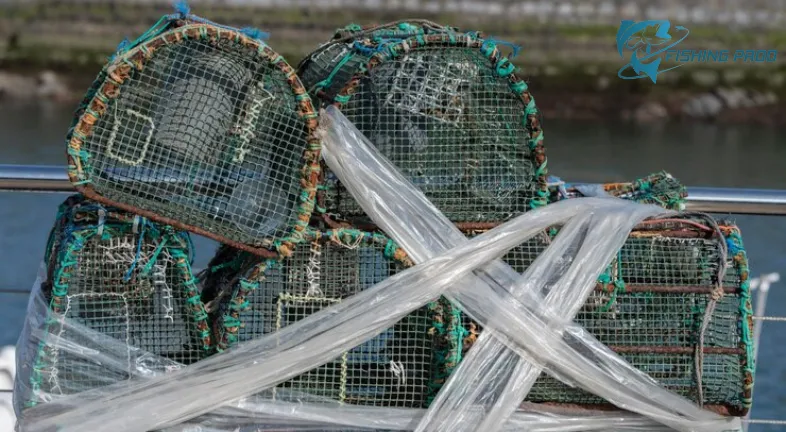
Anglers use a variety of methods and gear in the wide world of fishing to attract and catch their prey. A common technique in freshwater settings is to build fish cribs at strategic locations. These man-made constructions imitate the undersea environments seen in nature, drawing in a diverse range of species and providing lures for fishermen to cast their hooks.
How do Fish Cribs work?
Man-made structures called “fish cribs” are intended to draw fish to ponds and lakes by increasing their carrying capacity. Usually made from a variety of materials such as logs, tree roots, concrete, plastic piping, or even hardwood pallets, they resemble tiny log homes that were submerged. Fish can hide in the interior’s many branches, brush piles, and rock formations, which contribute to the area’s complexity.
The advantages of fish cribs
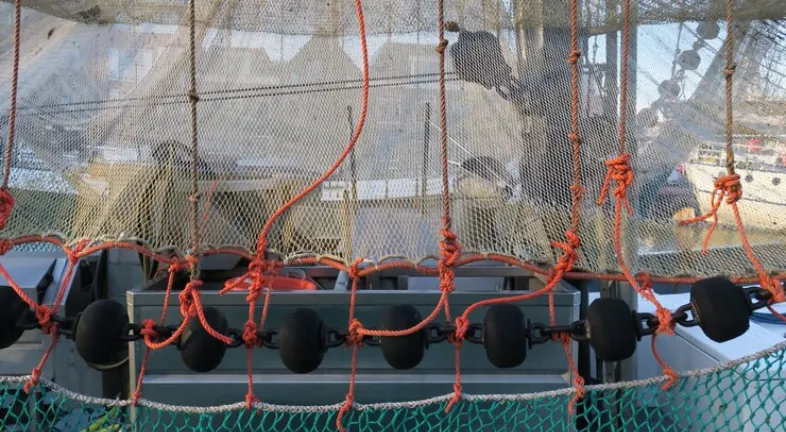
Enhancement of Habitat: Fish cribs replicate naturally occurring structures, including as brush piles, submerged logs, and fallen trees, which are essential components of many fish species’ habitats. By offering food, breeding sites, and shelter, these structures draw fish and support a thriving environment.
Increased Fish Catches: Cribs increase the chances of successful fishing by concentrating fish in a smaller area. But in order to ensure that sustainable fishing methods are upheld, it is crucial to take this advantage into ethical consideration.
Ice Fishing: Cribs can be lowered beneath the ice before it freezes in colder locations so they will drop to the bottom when the ice melts. This means that when the ice thaws, fishing places will be easily accessible.
Fish cribs' limitations:
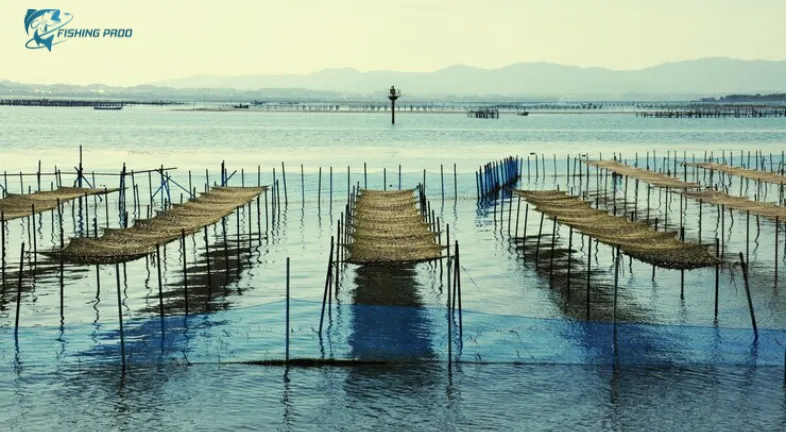
Not True Habitat: It’s important to realize that fish cribs are not a suitable substitute for their natural surroundings. They provide man-made structures that may draw fish for particular purposes, but they fall short of imitating the entire intricacy and ecological advantages of natural ecosystems.
Overcrowding and Unsustainable Practices: If appropriate management measures are not taken, the concentrated attraction of fish to cribs may result in overcrowding and overfishing. When fishing close to cribs, it’s important to fish responsibly and follow the rules.
Effect on Native Species: Cribs that are positioned or designed incorrectly may disturb the ecosystem and endanger native species. Ensuring that fish cribs are placed responsibly and with knowledge is crucial.
Different Fish Crib Types:
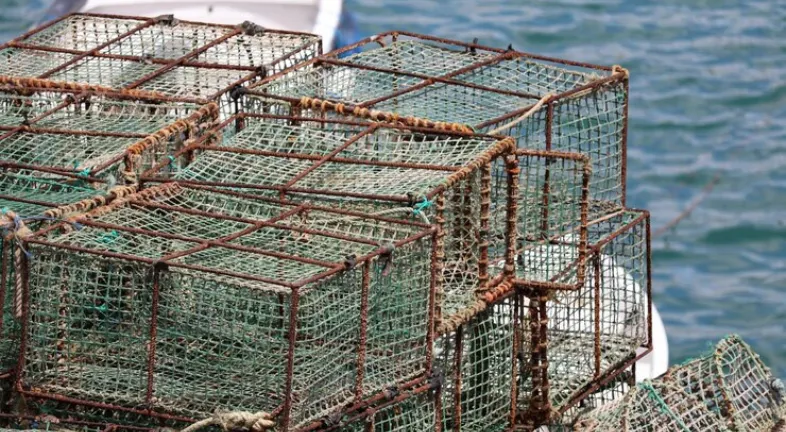
Depending on their intended usage and location, fish cribs can have a variety of designs and materials. These are a few typical kinds:
Classic Log Cribs: These are the traditional cube-shaped buildings made of logs that are fastened together with wire or rope and then filled with mounds of brush.
PVC cribs: Made of PVC pipes, these cribs are long-lasting and have a variety of design options.
Concrete Cribs: In locations with strong currents or deeper water, prefabricated concrete buildings might be utilized.
Brush Pile Cribs: An inexpensive and readily assemble able alternative, these more basic constructions are made of bundles of branches or brush piles.
Legal Aspects to Take into Account:
The legality of installing fish cribs varies based on the local laws and the particular body of water. Getting any required permits and making sure everything is positioned correctly in accordance with local authorities’ rules are essential.
Layout and Style:
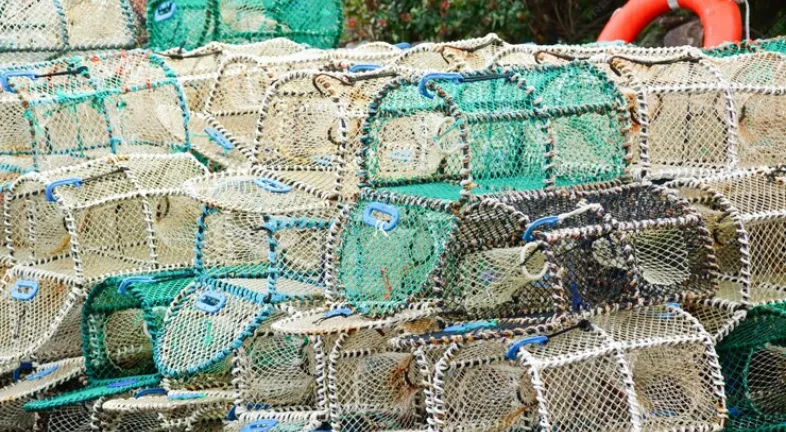
The layout and configuration of fish cribs are critical components of their usefulness. Typical designs include the following:
Cube-shaped: Made of logs or wooden boards, it has the appearance of a little, roofless log cabin.
Star-shaped: Despite being aesthetically pleasing, this form is frequently seen as less successful because of its simplicity and lack of shade.
Brush piles: A less complicated solution that works well in shallow water, comprising bundled branches or trees.
The ideal location of fish cribs is determined by the type of fish being targeted, the features of the water body, and the intended result. Important factors to take into account are depth, bottom structure, and closeness to current vegetation.
Efficacy and Disagreement:
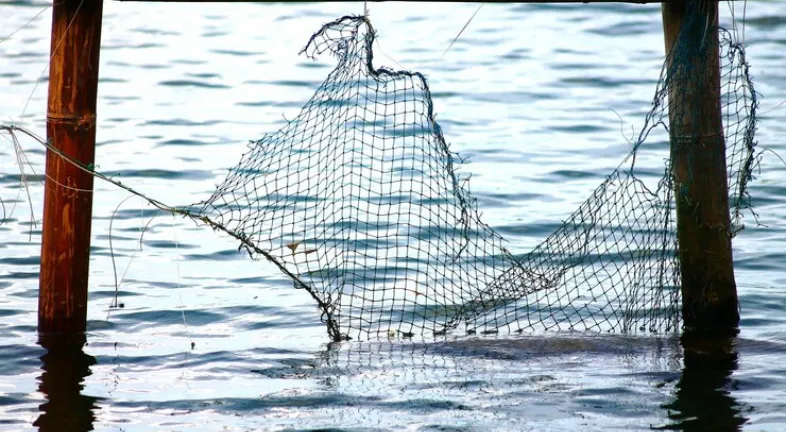
Although fish cribs can be useful in luring fish, their effects are not always clear-cut: Positive effects: They can increase recreational fishermen’ chances of success when positioned and designed appropriately. They occasionally have the potential to improve fish species’ habitat. Consequences: Critics claim that fish cribs might artificially concentrate fish, which could result in overfishing of particular populations in a small region. Furthermore, improperly positioned or constructed cribs can interfere with fish’s natural habitat and movement patterns.
Environmental concerns: There are worries about how the materials employed may affect the environment and about possible harm to aquatic life both during placement and removal. Furthermore, the natural ecology of the water body may change as a result of the introduction of artificial constructions.
CONCLUSION:
Particularly in maintained ponds or lakes, fish cribs can improve fishery management. It’s crucial to recognize their limitations and make sure they are used responsibly, though. Fish cribs can help create possibilities for fishermen and contribute to a balanced approach to fisheries management by emphasizing sustainable activities, protecting the environment, and following rules. They can also minimize detrimental ecological effects.



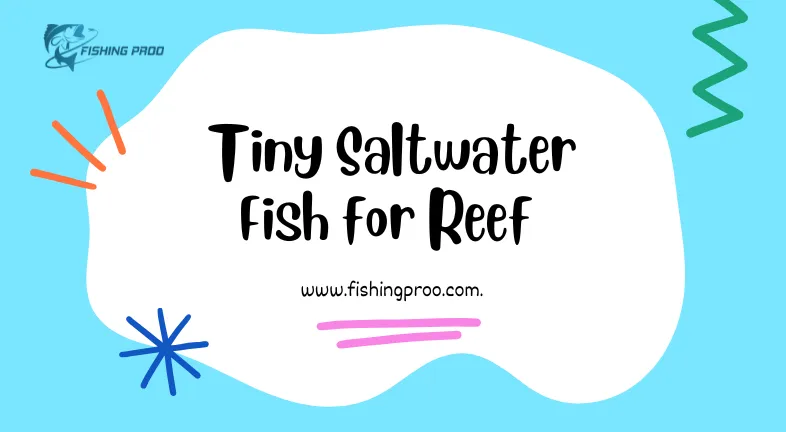



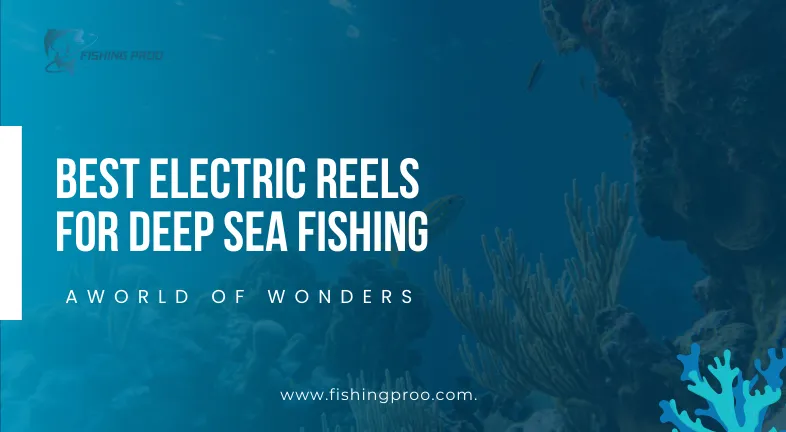








3 thoughts on “WHAT ARE CRIBS IN FISHING”
I am not very great with English but I come up this very easy to read .
I just could not leave your web site before suggesting that I really enjoyed the standard information a person supply to your visitors Is gonna be again steadily in order to check up on new posts
Real Estate Good post! We will be linking to this particularly great post on our site. Keep up the great writing